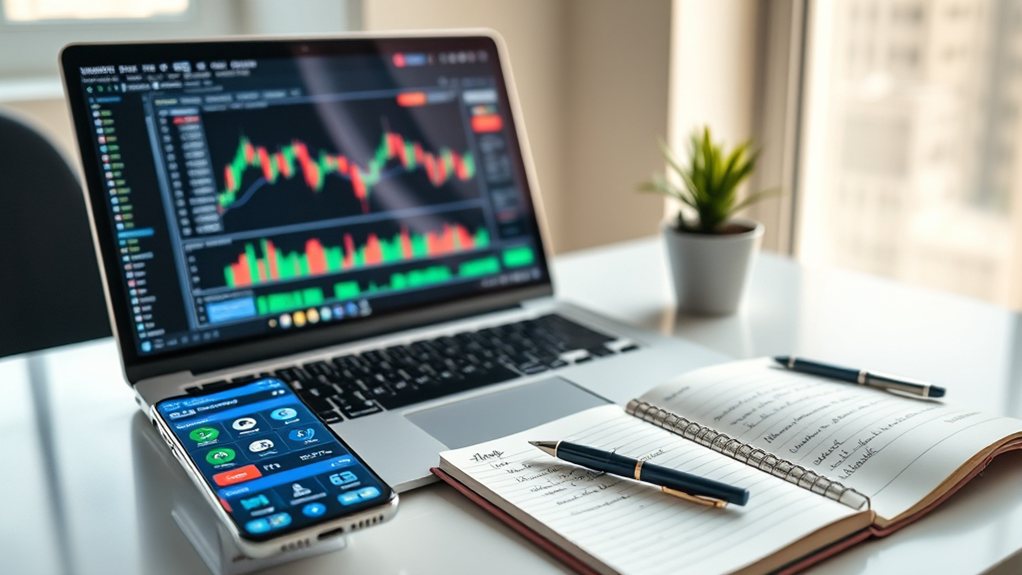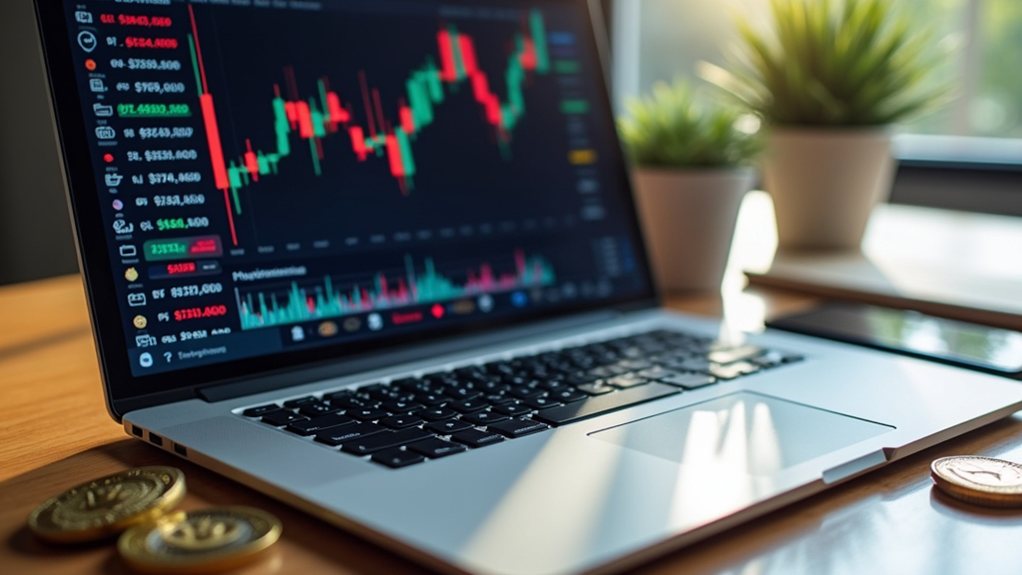Buying altcoins requires several key steps. First, investors select a reputable cryptocurrency exchange that supports their desired coins. They create an account, complete identity verification, and set up two-factor authentication for security. After funding their account through bank transfers or credit cards, they research potential altcoins by examining market data and project details. Finally, they execute purchases through the exchange's trading interface and consider moving coins to secure hardware wallets. The following guide explores each step in detail.

Many cryptocurrency investors are turning to altcoins as alternatives to Bitcoin. These digital currencies, which include options like Ethereum, Solana, and thousands of others, offer different features and potential investment opportunities.
To begin investing in altcoins, investors first need to select a reputable cryptocurrency exchange. When choosing an exchange, they typically compare fees, security features, and user reviews. It's also important to verify that the exchange supports the specific altcoins they want to buy and that it's properly licensed and regulated.
After selecting an exchange, investors must create and verify an account. This process usually involves signing up with an email address and creating a strong password. Most exchanges require identity verification, known as KYC (Know Your Customer), where users submit identification documents. Security-conscious investors enable two-factor authentication (2FA) to protect their accounts from unauthorized access. Learning the exchange's interface before trading is considered a prudent step.
The next step involves funding the exchange account. Investors can typically deposit money using bank transfers, credit cards, or by transferring existing cryptocurrency. Each method has different processing times and fees. Once the funds appear in the account, investors are ready to make purchases. Many exchanges provide confirmation emails when deposits are received.
Before buying altcoins, most investors conduct research. They examine factors such as market capitalization, trading volume, and the altcoin's potential real-world uses. They often review project whitepapers and evaluate the development team's credentials. Social media activity and community engagement can indicate an altcoin's popularity and support. Cryptocurrencies are digital assets secured by cryptography, often utilizing blockchain technology for transparent transaction records.
To make a purchase, investors navigate to the exchange's trading interface and select the desired trading pair, such as ALT/BTC (altcoin to Bitcoin) or ALT/USD (altcoin to US dollar). They can choose between market orders (immediate purchase at current price) or limit orders (purchase when the price reaches a specified amount). After entering the purchase amount and confirming details, the exchange processes the transaction.
After purchasing altcoins, secure storage becomes a priority. While exchange wallets are convenient for active trading, hardware wallets offer better security for long-term holdings. These physical devices store cryptocurrency offline, protecting them from online threats. Investors typically back up recovery phrases in case their wallet is lost or damaged.
Once invested, many people track their altcoins' performance using portfolio management tools. They stay informed about project developments and market trends that might affect prices. Some investors use dollar-cost averaging, purchasing small amounts regularly instead of making one large investment. This strategy can help manage the significant price volatility that's common with altcoins. For those interested in maximizing their investment potential, considering popular exchanges like Coinbase and Binance can provide access to a wide range of altcoins with different market capitalizations. Traders looking for speculative opportunities often seek platforms with high leverage rates that can amplify potential returns but also increase risk exposure.
Frequently Asked Questions
What Are the Tax Implications of Trading Altcoins?
Trading altcoins has significant tax implications. The IRS treats altcoin trades as property transactions. Each trade triggers a taxable event.
Short-term gains are taxed at ordinary income rates (10-37%), while long-term gains face lower rates (0-20%).
Miners and stakers must report earnings as income. Traders must track cost basis for every transaction.
Losses can offset gains, with up to $3,000 offsetting ordinary income annually.
How Can I Spot Potential Scam Altcoins Before Investing?
Investors can identify potential scam altcoins by checking several key factors.
Anonymous teams, unrealistic promises of massive returns, and plagiarized whitepapers are major warning signs.
Limited GitHub activity suggests inactive development.
Proper research includes reviewing token distribution, examining smart contract audits, and verifying real-world utility.
Community discussions often reveal red flags.
Unusual price movements and excessive marketing without a substantial product also indicate possible scams.
Is Dollar-Cost Averaging Effective for Altcoin Investments?
Dollar-cost averaging can be effective for altcoin investments. This strategy helps manage the extreme price swings common in cryptocurrency markets.
Investors put in fixed amounts at regular intervals, regardless of price. It's less emotional than trying to time the market. However, it won't protect against failed projects or scams.
During strong bull markets, lump-sum investing might yield better results. Transaction fees from frequent purchases can also reduce overall returns.
Which Hardware Wallets Best Protect Diverse Altcoin Portfolios?
For diverse altcoin portfolios, several hardware wallets offer strong protection.
The Ledger Nano X supports over 5,500 coins and tokens, while SafePal S1 accommodates 20,000+ tokens across 54 blockchains. The Trezor Model T handles 1,800+ cryptocurrencies.
All feature secure element chips for encrypted storage and require PIN codes. Most provide backup seed phrases and multi-signature support.
Prices typically range from $50-$250, with regular firmware updates for security.
How Do Altcoin Market Cycles Differ From Bitcoin's?
Altcoin market cycles often follow Bitcoin but with key differences.
Altcoins typically show more extreme price swings, gaining and dropping faster than Bitcoin. They experience "altcoin seasons" when they outperform Bitcoin for 1-3 months, usually after Bitcoin rallies.
While Bitcoin's cycle is influenced by halvings every four years, altcoins respond more dramatically to regulatory news and have lower liquidity.
Bitcoin dominance tends to decrease during altcoin seasons.










